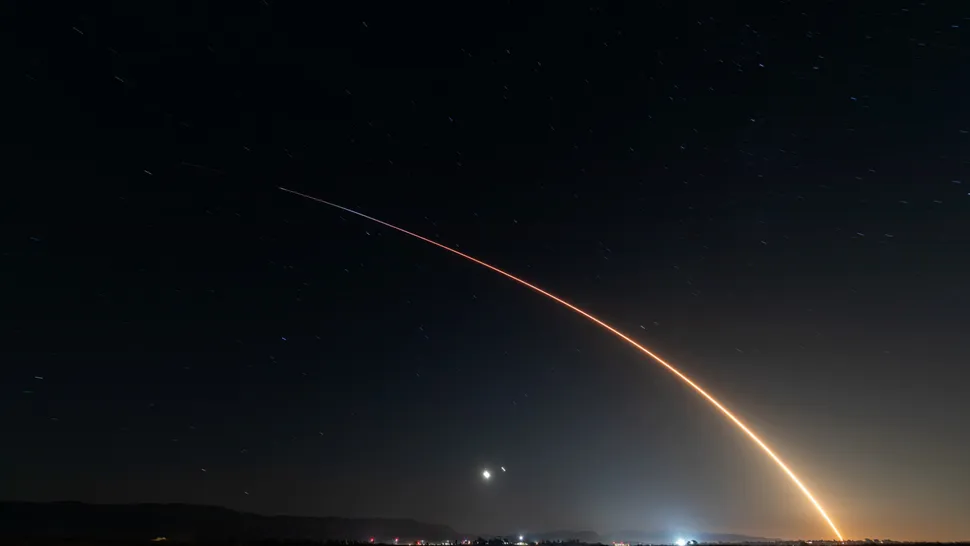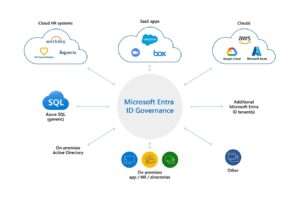A Falcon 9 rocket streaked into the twilight sky over California on Thursday evening, carrying another batch of Starlink satellites toward orbit as SpaceX continues building its ambitious global internet constellation. The launch from Vandenberg Space Force Base marks another step toward the company’s goal of providing high-speed internet access to every corner of the planet.
The successful mission deployed 21 next-generation Starlink satellites into low Earth orbit, each equipped with advanced phased-array antennas and laser inter-satellite links that significantly improve network performance. This latest batch joins more than 5,000 operational Starlink satellites already circling the globe, forming the backbone of what has become the world’s largest satellite internet constellation.
What makes this particular launch noteworthy isn’t just the growing numbers, but the technological evolution onboard these spacecraft. The newest Starlink satellites feature several upgrades over earlier versions, including:
- Increased bandwidth capacity to serve more customers
- Improved laser links that create faster connections between satellites
- Enhanced maneuverability for better orbital positioning
- More efficient power systems for longer operational life
These aren’t your grandfather’s communications satellites,” said space industry analyst Laura Forczyk. “SpaceX is iterating on Starlink technology at a pace we’ve never seen before in the satellite industry. Each new batch brings meaningful improvements that expand capabilities and reliability.
The California launch site plays a crucial role in SpaceX’s global coverage strategy. While most Starlink missions lift off from Florida, Vandenberg’s polar orbit launches allow SpaceX to fill critical coverage gaps at higher latitudes. This becomes particularly important for serving customers in northern regions like Canada, Alaska, and Scandinavia where traditional satellite internet has struggled with performance issues.
SpaceX’s rapid launch cadence shows no signs of slowing. The company has already conducted more than 50 orbital missions this year, with the majority dedicated to expanding the Starlink network. This relentless deployment schedule has enabled Starlink to begin offering service in dozens of countries while continuing to improve speeds and reduce latency for existing customers.
The business implications are substantial. Starlink recently surpassed 2 million active customers worldwide and has become a significant revenue stream for SpaceX. The service has proven particularly valuable for:
- Rural communities underserved by traditional broadband
- Maritime and aviation industries seeking reliable connectivity
- Emergency responders working in disaster areas
- Military applications requiring secure communications
However, the rapid expansion hasn’t been without controversy. Astronomers continue to voice concerns about the growing number of satellites interfering with ground-based observations. SpaceX has implemented mitigation measures like sunshades and orientation adjustments, but the fundamental tension between mega-constellations and astronomical research remains unresolved.
Regulatory challenges also loom as international bodies grapple with how to manage increasingly crowded orbital pathways. The Federal Communications Commission recently granted SpaceX partial approval for its second-generation Starlink system while deferring decision on some aspects of the proposal.
Looking ahead, SpaceX shows no signs of slowing its Starlink ambitions. The company has regulatory approval to eventually deploy up to 12,000 satellites and has applied for permission to launch an additional 30,000 spacecraft. With each successful launch, the vision of seamless global internet coverage comes closer to reality.
For consumers, this translates to expanding availability and improving service quality. Recent speed tests show Starlink delivering download speeds competitive with many terrestrial broadband options, with the added advantage of being available practically anywhere. As the constellation grows denser, reliability and performance in high-demand areas continue to improve.
Thursday’s picture-perfect launch followed SpaceX’s now-routine recovery of the Falcon 9’s first stage, which successfully landed on a droneship in the Pacific Ocean. This particular booster completed its 15th flight, another demonstration of SpaceX’s reusability achievements that help keep launch costs down.
As the rocket’s upper stage deployed its payload of internet satellites about an hour after liftoff, the mission added another building block to what is becoming one of the most transformative infrastructure projects of the 21st century. With global internet access still far from universal, Starlink’s expanding constellation represents both a technological leap and a potential equalizer for connectivity worldwide.
The next Starlink launch is already on the calendar, scheduled for just a few days from now at Cape Canaveral in Florida. This relentless pace underscores SpaceX’s commitment to its ambitious connectivity goals and suggests that within just a few years, reliable high-speed internet may indeed become available practically anywhere on Earth.
















Add Comment